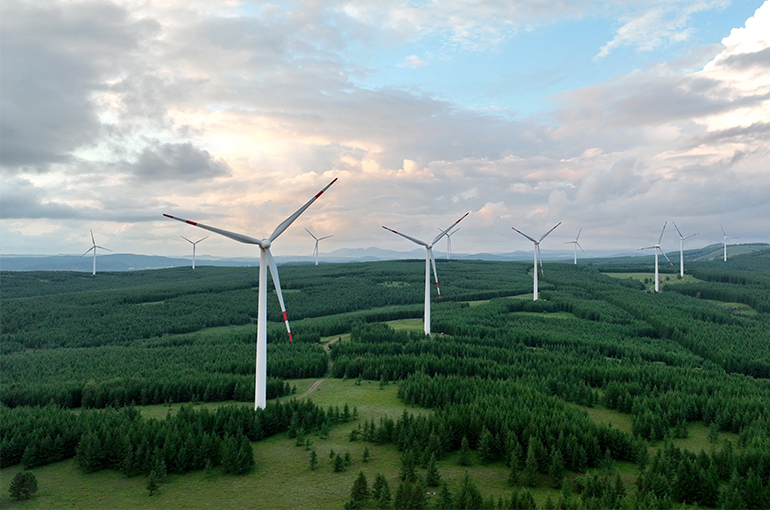 China Raises Green Power Targets for Provinces
China Raises Green Power Targets for Provinces(Yicai) Aug. 6 -- China has pushed for clean energy by demanding a higher proportion of green power to be used in most of its 31 provincial-level regions this year.
The renewable energy target ratio in most provinces has increased more than 3 percentage points so far this year from a year earlier, Yicai found. That compared with a 1 to 2 points jump in previous years.
The target ratio between renewable energy and total local electricity consumption that every province must reach over this year and the next was set in a document released by the National Development and Reform Commission and the National Energy Administration on Aug. 2.
The calculation method for the value includes adding the renewable energy produced and consumed locally to the net renewable energy input from other provinces and dividing it by the local region's total electricity consumption.
The renewable energy ratio increased by over 7 points in Heilongjiang, Henan, and Hainan provinces and by more than 6 points in Jilin, Hunan, and Gansu provinces this year from a year ago.
The increase in the proportion aligns with China's consistent support for renewable energy development, Peng Peng, secretary general of China New Energy Investment and Financing Alliance, told Yicai. The country also urges all provinces to increase green electricity's absorbing ratios more actively while easing the appraisal pressure of the upcoming 15th Five-Year Plan, Peng said.
A new target for the proportion of green electricity consumption in the electrolytic aluminum industry for this year was also set in the document. China is the world's largest producer of electrolytic aluminum, with the sector's energy consumption and carbon emissions accounting for over 70 percent of the country's non-ferrous metal industry.
Most provinces' electrolytic aluminum green electricity consumption target equals their aggregate renewable energy consumption goal. Shandong province should make green electricity consumption account for 20 percent of its total this year, while 21 percent of the electricity used by its electrolytic aluminum industry should be green.
Editors: Shi Yi, Martin Kadiev